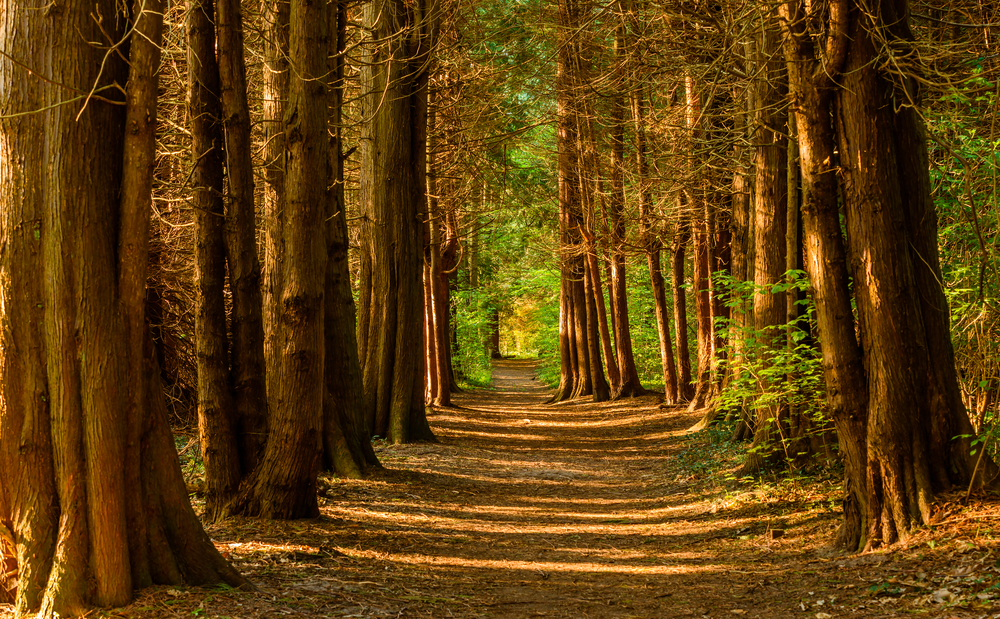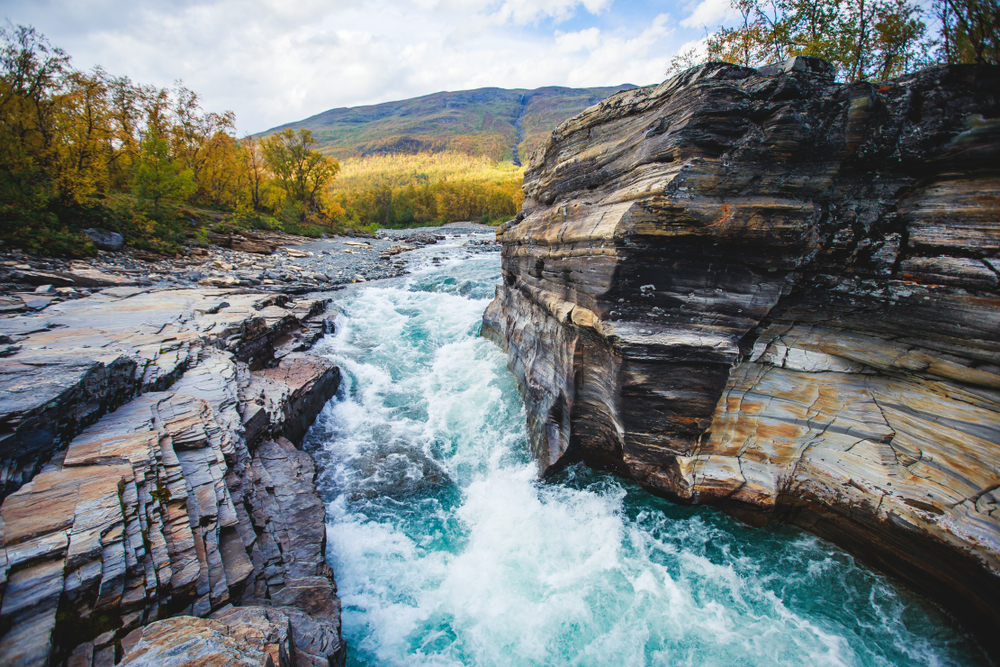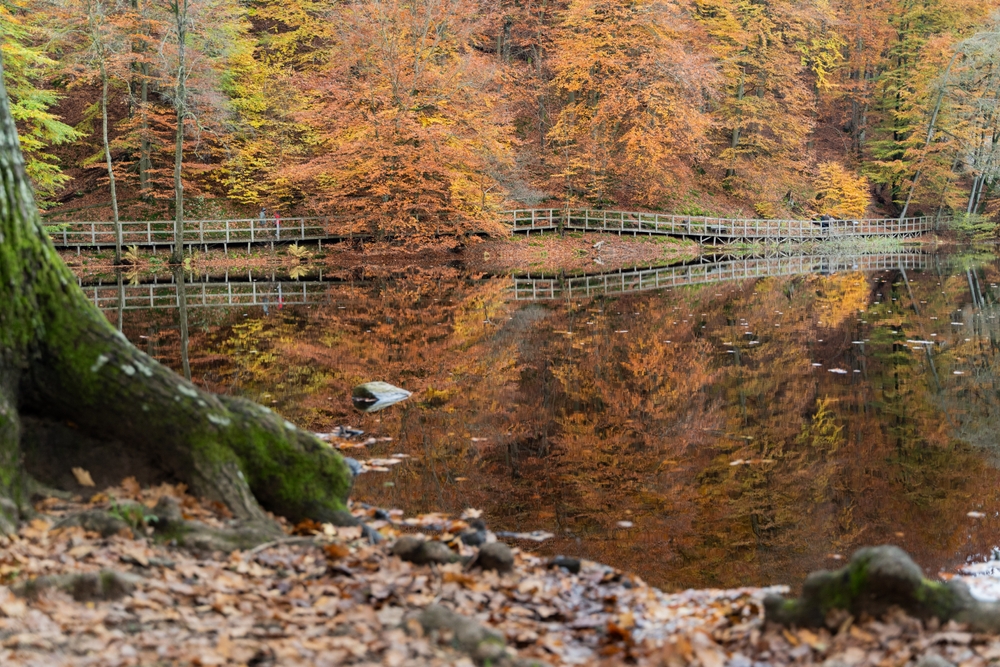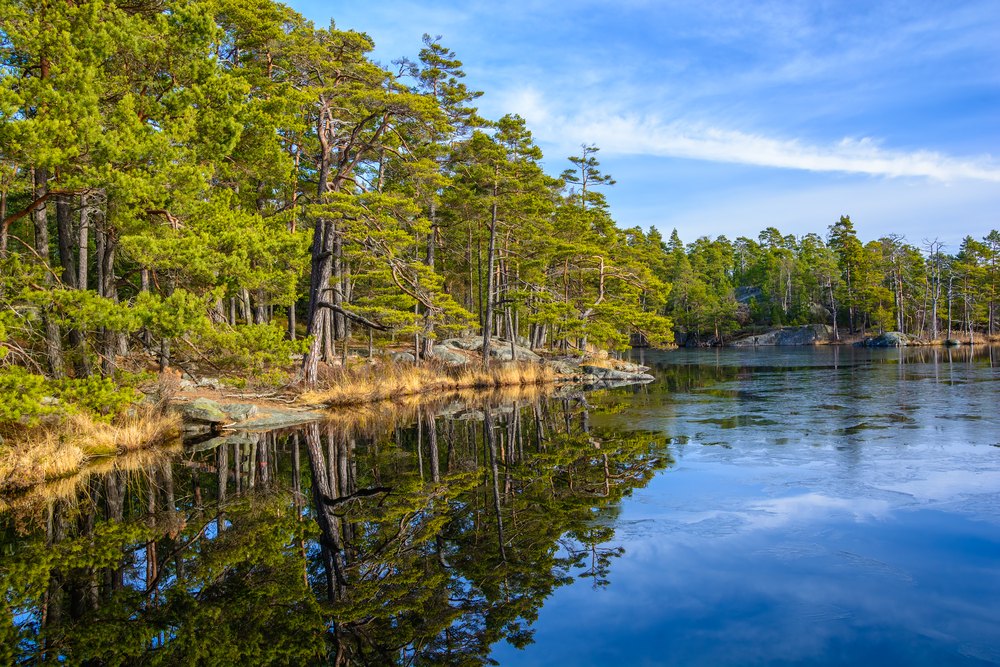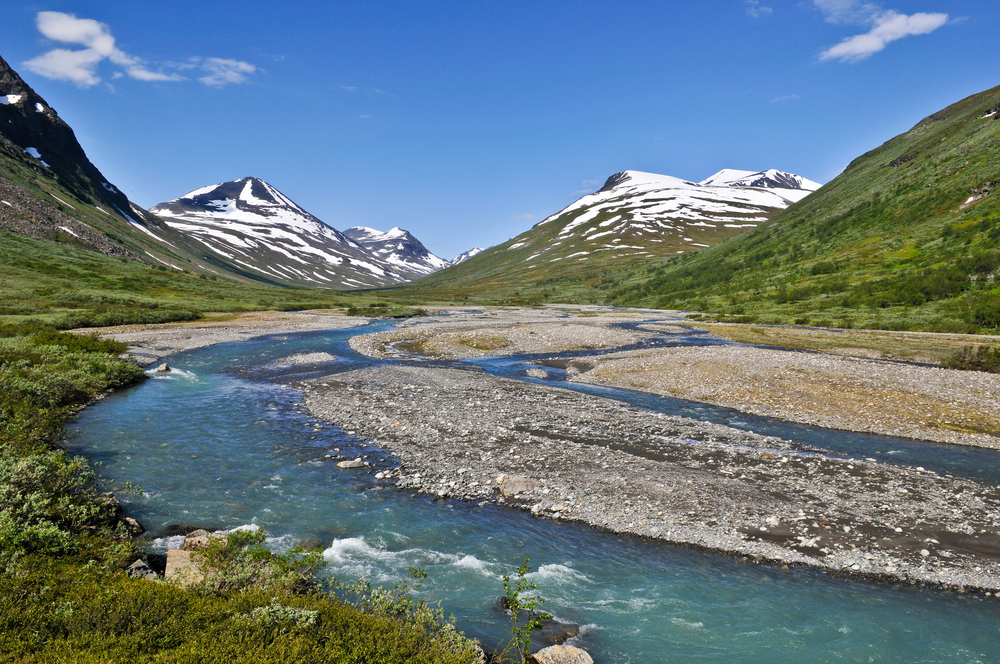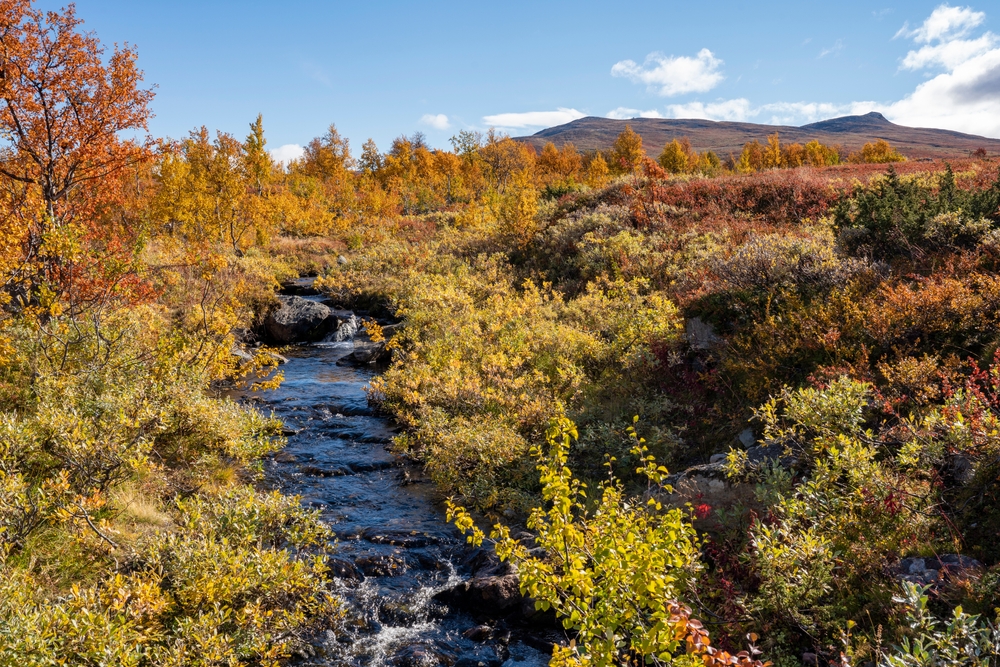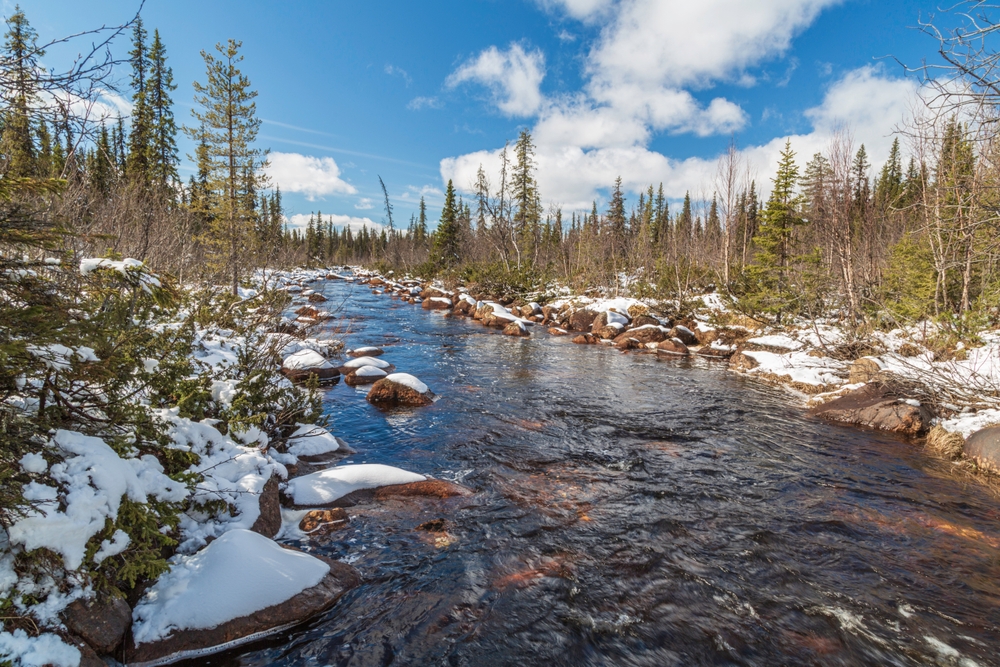Stenshuvud Overview
Stenshuvud National Park, located in southern Sweden in the province of Skåne, spans approximately 1.63 square miles (4.2 square kilometers). T
he park is named after Stenshuvud, a hill that rises prominently to 318 feet (97 meters) above sea level, offering breathtaking panoramic views of the Baltic Sea. The name “Stenshuvud” translates to “Stone Head” in Swedish, a reference to the rock formations that define the landscape. Positioned near the town of Kivik, the park is known for its diverse and striking scenery, which contrasts with the typical flat terrain of the surrounding region.
The park’s landscape is varied, combining dense deciduous forests, open meadows, sandy beaches, and rugged coastal cliffs. Beech and oak woodlands dominate much of the inland areas, with smaller patches of hornbeam and hazel adding to the dense, lush character of the forest.
The coastal region features dramatic rocky outcrops that plunge into the sea, while the park’s sandy shores and dunes provide an inviting contrast. Seasonal wildflowers, including orchids and anemones, flourish in the meadows, adding bursts of color to the scenery in spring and summer. The park’s wetlands, small streams, and ponds contribute to its ecological richness, supporting a wide array of plant and animal species.
Stenshuvud National Park is home to a variety of wildlife, making it a prime destination for nature enthusiasts. Roe deer are commonly spotted wandering through the forested areas, while foxes, hares, and badgers are also present.
Birdwatchers are drawn to the park for its diverse avian population, which includes nightingales, woodpeckers, and the rare red-backed shrike. Along the coastline, visitors can often see grey seals basking on the rocks or swimming near the shore. The park’s wetlands and streams attract amphibians such as frogs and newts, adding to the overall biodiversity of the area.
One of the park’s most popular features is the summit of Stenshuvud itself, which offers an expansive view of the Baltic Sea and the surrounding countryside. On clear days, visitors can see as far as the Danish island of Bornholm.
The sandy beaches of the park are another major attraction, providing a peaceful setting for swimming, picnicking, or simply enjoying the coastal breeze. The combination of forested trails, scenic viewpoints, and coastal landscapes makes Stenshuvud a highly accessible and rewarding park for visitors of all ages.
Exploring Stenshuvud National Park is best done on foot, with a network of well-marked trails that cater to different levels of hiking experience. The trails wind through the diverse landscapes of the park, leading to scenic lookouts, serene forest paths, and tranquil meadows.
Guided tours are available during peak seasons, offering insight into the park’s history, geology, and wildlife. Birdwatching is a favorite activity, particularly during migration seasons when the variety of species increases. The beaches provide opportunities for leisurely strolls, sunbathing, and even a refreshing dip in the sea during the warmer months.
Conservation efforts in Stenshuvud National Park focus on preserving its unique coastal and forest ecosystems. The park is managed by the Swedish Environmental Protection Agency, which oversees habitat restoration projects, including the protection of rare plant species and the maintenance of trails to minimize environmental impact.
Conservation challenges include managing the balance between visitor access and preserving sensitive habitats, as well as addressing the effects of climate change on the park’s flora and fauna. Despite these challenges, Stenshuvud remains a well-maintained and thriving natural reserve, providing an excellent example of Sweden’s commitment to environmental protection and sustainable tourism.








































































